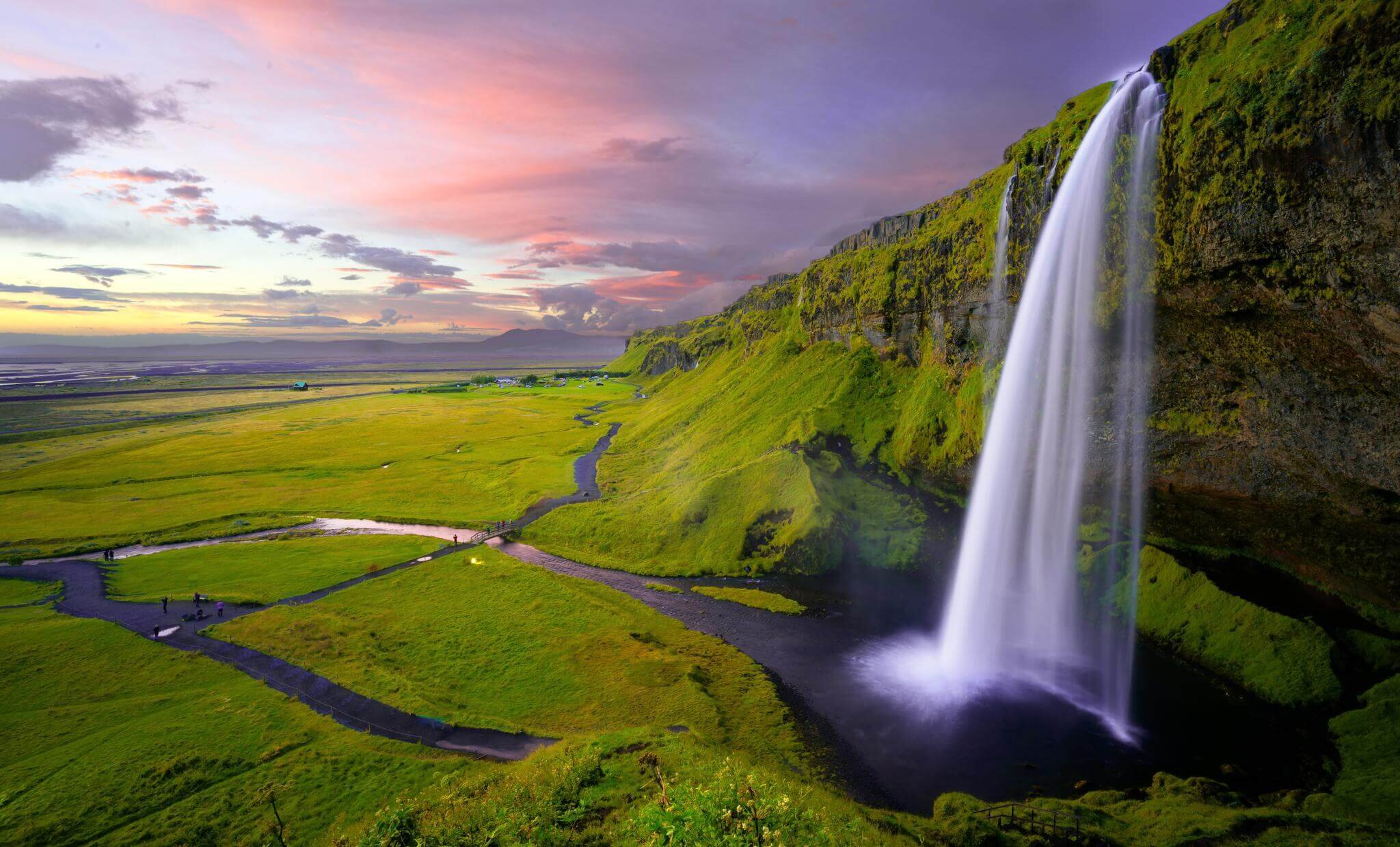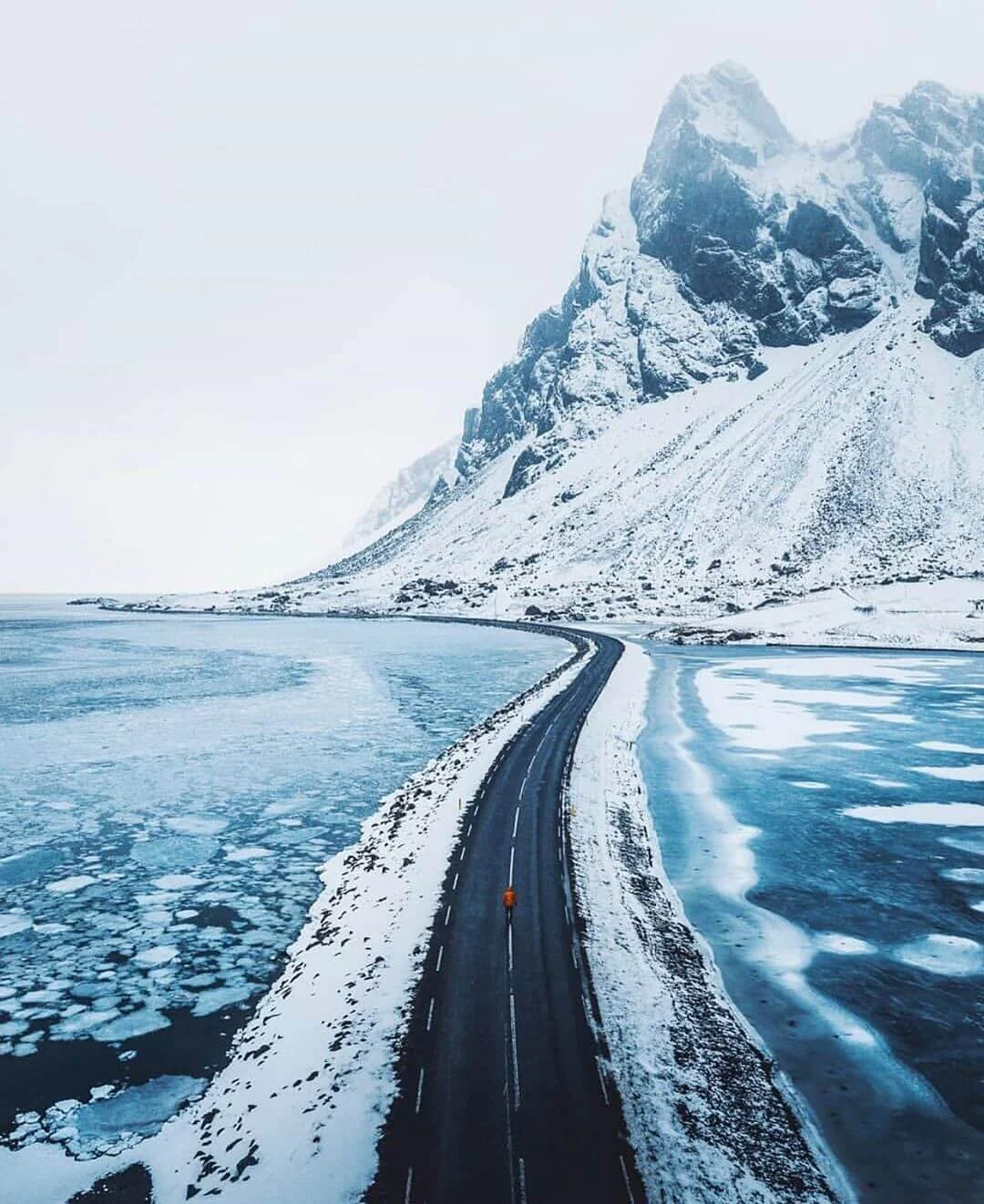Best Time To Visit Iceland
Trying to figure out what’s the best time to visit Iceland?
Due to Iceland’s geographical location, each season varies wildly so it really depends on what you’re looking to do!
We've broken down each season so you can decide when to visit.
Table Of Contents
Best Weather
July and August have the highest chance of warm weather, almost constant daylight, and not that much rain.
If you want to have a blend of good weather and less tourists, September usually provides a nice tradeoff, with a slight chance of rain.
If you’re into hiking or biking, July and August are your best months.
Northern Lights
Ever the elusive subject, the best time to catch the Northern Lights are between mid-October through March.
But seeing the Northern Lights are never guaranteed since it takes a bit of luck, very clear skies, and heavy solar activity.
To up your chances, make sure to get away from any urban area to reduce light pollution.
You might also like:
Least Amount of Crowds
Iceland is can get a bit crowded during the warm summer months, so to avoid that you can visit during the winter months of mid-October through March. Just remember though, crowded in Iceland still means you’ll have most outdoor areas to yourself.
The days will be much shorter but you’ll have a good chance of seeing the Northern Lights and be able to explore ice caves.
Shoulder Months
May and September are good choices for being able to see the Northern Lights, have a good amount of daytime light and good weather, and avoid the massive crowds.
June to August
Summer season is one of the best times to visit for it’s warm weather (50-65F), long days, and lush landscapes. Most roads are open but this is also peak tourist seasons, so expect crowds.
Also, check out:
September to November
Cooler weather starts to roll in and the chance of seeing the Northern Lights start to go up. Many film, art, and music festivals happen during these months. In the countryside, you’ll be able to see some of Iceland’s lovely fall colors.
December to March
Winter can be brutal here, so bring enough layers to stay warm. These are the months you’ll have the highest chance of seeing the Northern Lights. Also, ice caving is now an option not available in the warmer months.
Avoid driving in remote areas due to icy conditions.
April to May
Spring starts but you’ll still have plenty of rainy, foggy days. The later into the spring season you get, the warmer it’ll get with the chance of seeing some spring blooms.












